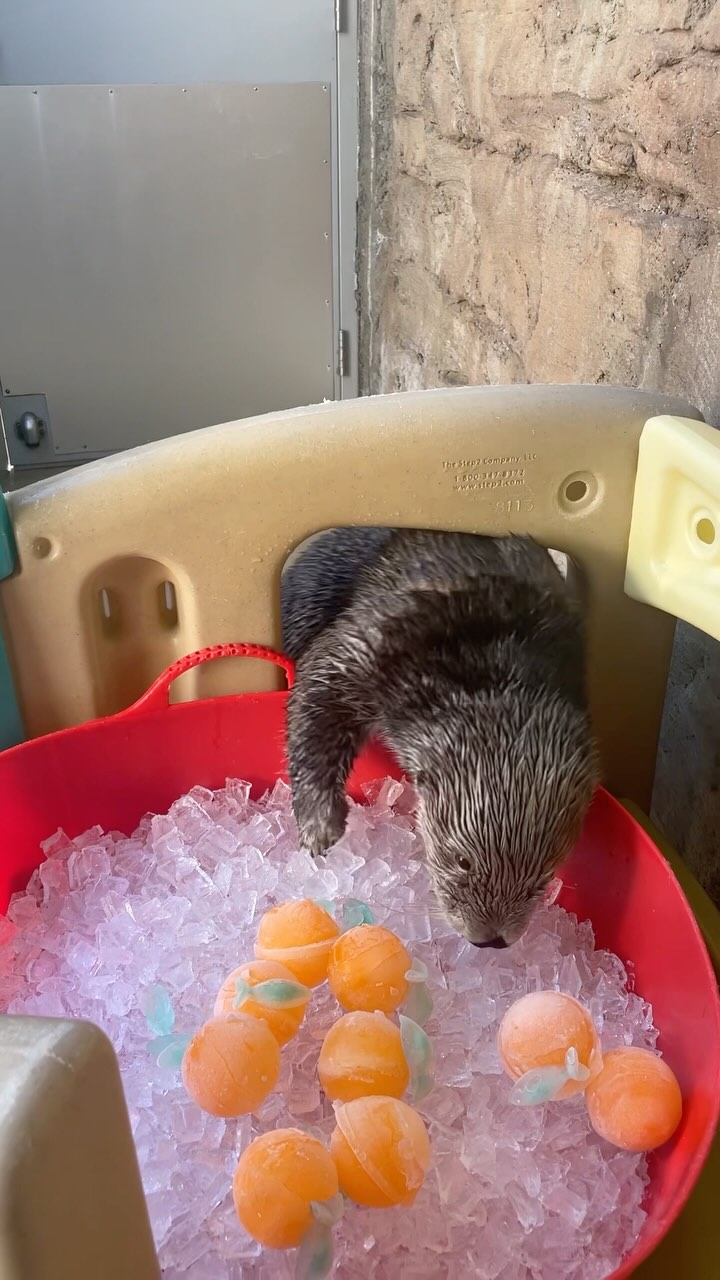- Overview of Lunar New Year festivities and cultural significance across Asia.
- Detailed exploration of traditional foods and their symbolism during Lunar New Year.
- Focus on the importance of animals in Lunar New Year celebrations and their relatable traits.
- Discussion on conservation efforts related to animals associated with Lunar New Year.
- Insight into the role of zoos and wildlife conservation institutions during Lunar New Year.
Lunar New Year, also known as the Spring Festival, marks a significant celebration across Asia, enriching cultures with vibrant customs and traditions. Often falling between January 21 and February 20, based on the lunar calendar, this festive season is rich with cultural rituals that have been preserved and enhanced over thousands of years. From China and Korea to Vietnam and other regions, each culture brings its own practices and beliefs, yet they share common themes of family reunions, renewal, and prosperity.
The celebration often spans multiple weeks, with activities like dragon dances, fireworks, lantern festivals, and the giving of red envelopes. These activities not only bring families together but also emphasize the importance of warding off bad luck while welcoming fortunes for the upcoming year. The red envelopes, often filled with money, are a symbol of good luck and are typically distributed to children and young adults. The vibrant displays during the Lunar New Year are a vibrant affirmation of life and community.
Another vital component of Lunar New Year is the feast, which features an array of traditional foods, each carrying specific symbolic meanings. For instance, dumplings are crafted to resemble ancient Chinese silver ingots, representing wealth. Noodles symbolize longevity, with their length being a metaphor for a long life, while fish is served to signify an abundance, correlating with the Chinese phrase "nian nian you yu" which means "may you have abundance every year." These dishes are often meticulously prepared, reflecting both the cultural significance and the joy of consumption.
Each year of the Lunar calendar is associated with an animal from the Chinese zodiac, a 12-year cycle, where each year is represented by a different creature such as the Rat, Ox, Tiger, Rabbit, Dragon, Snake, Horse, Goat, Monkey, Rooster, Dog, or Pig. These animals in Lunar New Year celebrations are deeply woven into cultural narratives, attributing characteristics of the animal to the personality of individuals born in that year. For example, those born in the Year of the Tiger are often seen as fierce and brave.
The depiction and celebration of these animals provide a unique insight into human social values. By engaging with these representations, we are reminded of our connection with wildlife and the importance of conserving these species. The traits associated with these animals help people reflect on personal growth and harmony, fostering an appreciation for diversity in nature.
Conservation plays a pivotal role in maintaining the presence of these species for future generations. As many animal symbols, such as the tiger or dragon, represent strength and majesty, modern efforts to protect endangered species underscore the importance of biodiversity. Over time, human activity has threatened the habitats and survival of many of these creatures. Institutions like the World Wildlife Fund focus on various initiatives to protect these wildlife species, aiming to mitigate human impact through conservation practices and public education.
Zoos and wildlife conservation bodies worldwide have adopted strategies to underscore the significance of Lunar New Year animals. For instance, during the Lunar New Year period, educational programs are often integrated into zoo activities, highlighting the cultural relevance and ecological needs of these animals. By participating in these programs, audiences are encouraged to become proactive stewards of wildlife conservation. The narrative of hope and renewal that accompanies Lunar New Year is closely aligned with conservation goals, creating a synergistic platform for environmental advocacy.
To enhance the effectiveness of these education initiatives, zoos collaborate with cultural organisations to provide insightful discussions about the Lunar New Year’s cultural practices and zodiac animals. In doing so, they ensure visitors gain a more profound understanding of how cultural celebration and wildlife conservation can coexist harmoniously. This cross-disciplinary approach allows people to appreciate the significance of each zodiac animal beyond cultural symbolism, fostering a development of care and responsibility towards wildlife and nature.
In conclusion, Lunar New Year festivities serve not only as a platform to celebrate cultural heritage but also as an opportunity to spotlight the intersection of tradition and conservation. By appreciating the comprehensive blend of rituals, foods, and animal symbolism, we can better understand and champion the diverse cultural narratives that support environmental stewardship. Through its vibrant history and profound influence, the Lunar New Year continues to be a catalyst for cultural connectivity and ecological awareness across communities worldwide.
*****
Source Description
Lunar New Year festivities! 🍊
Mishka and Sekiu are wishing you peace and prosperity in the new year! 🦦
📸 & 🧊: Animal Care Technician Angel


